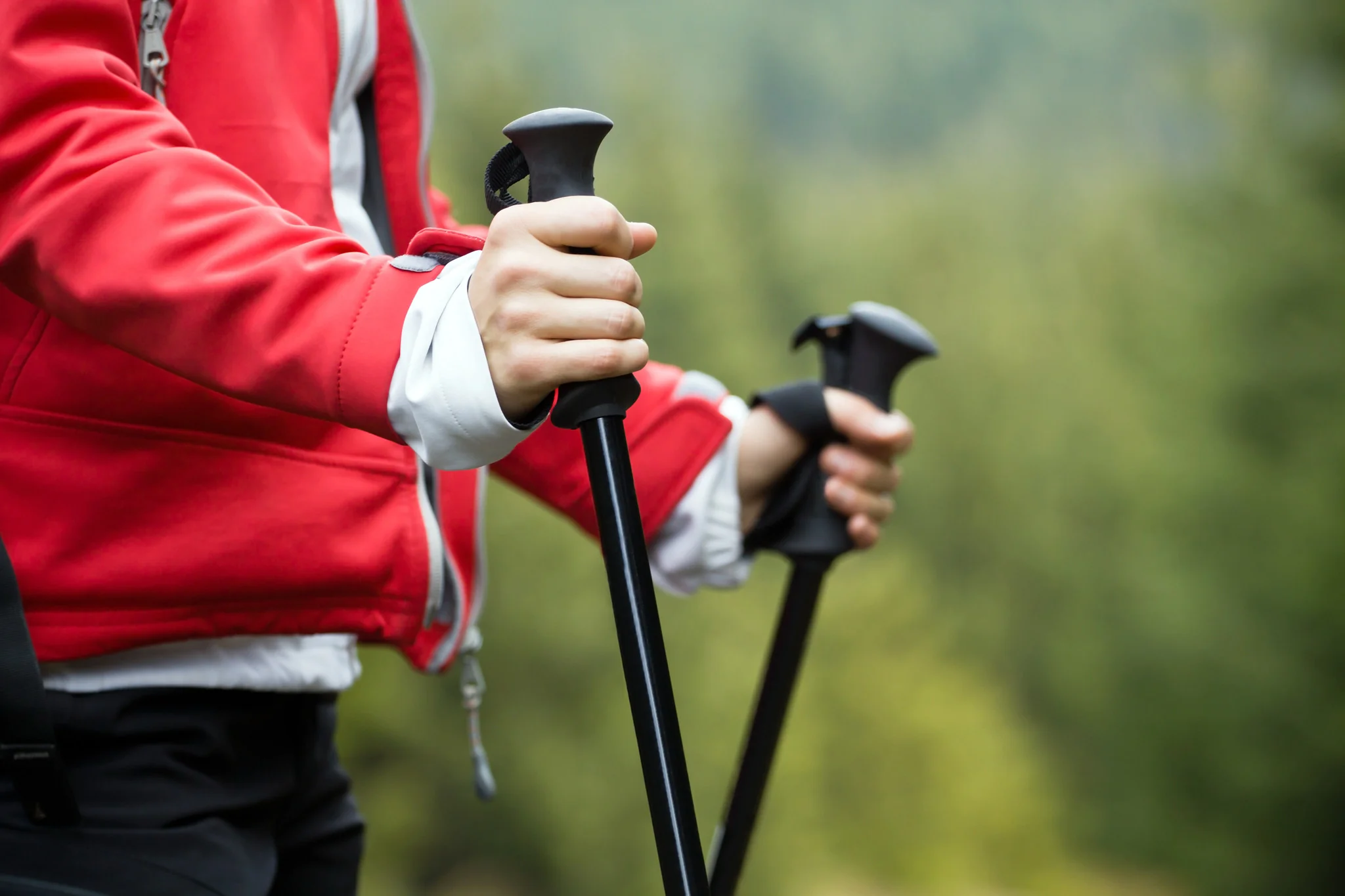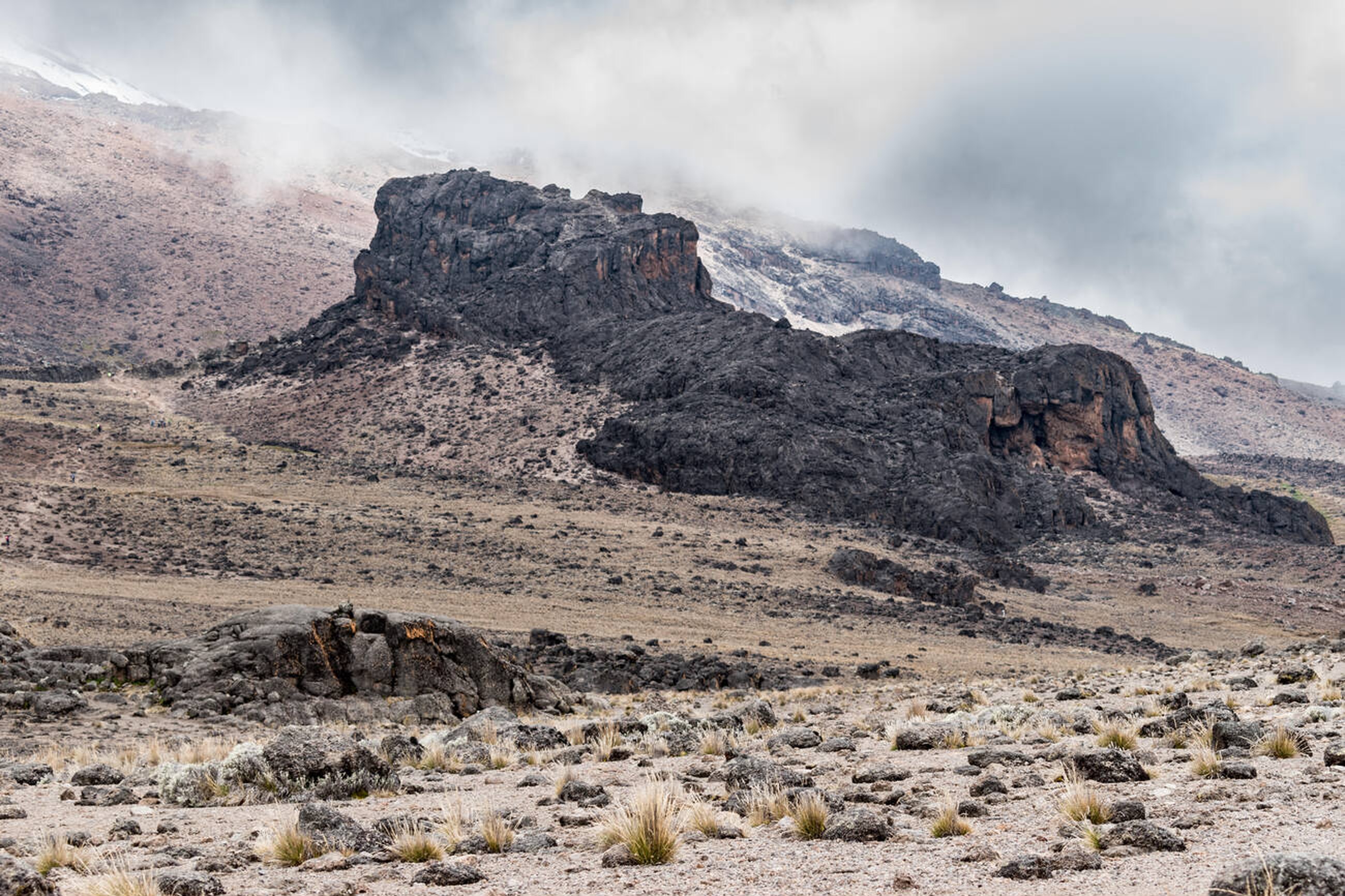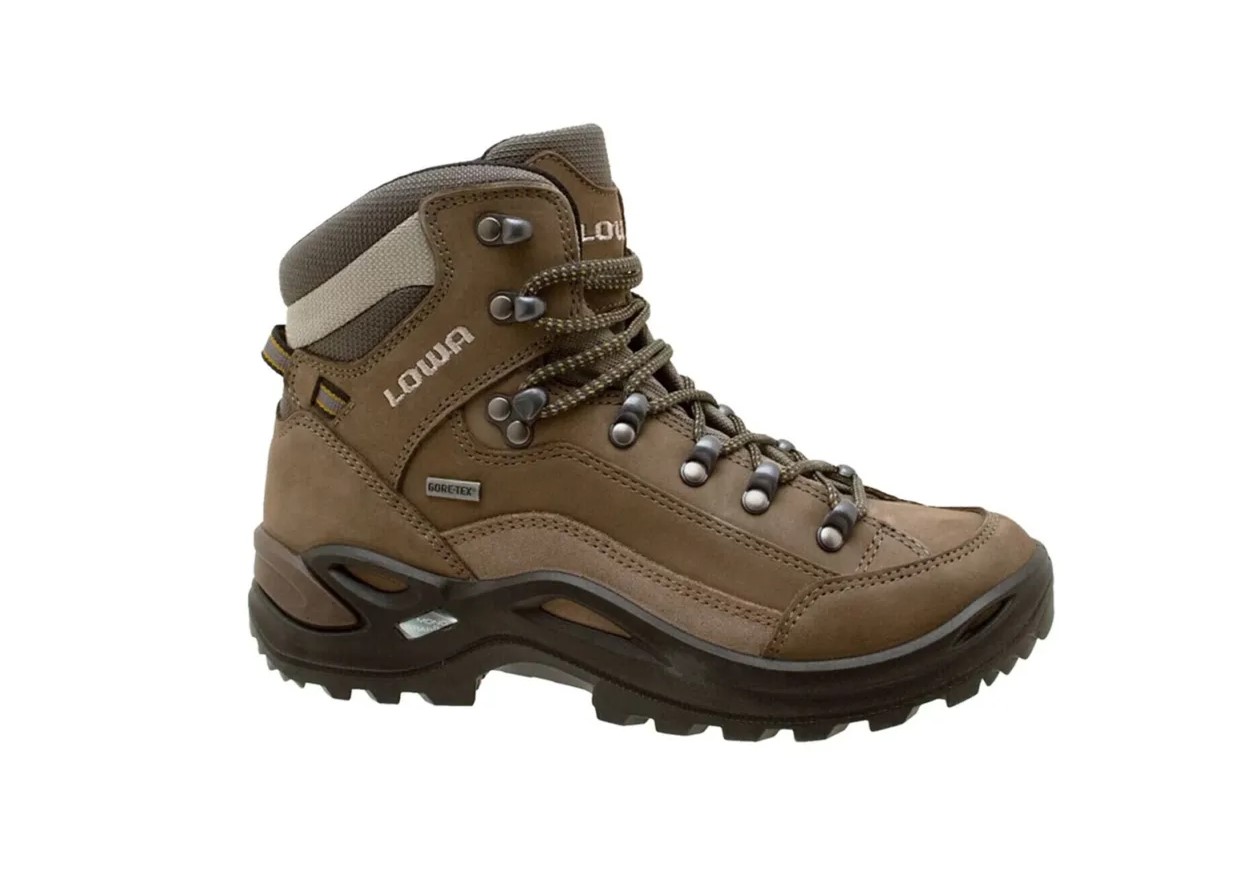Summit Night: A Unique Challenge on Kilimanjaro
Summit night on Mount Kilimanjaro (5,895m/19,341ft) is the toughest part of your climb. Starting around midnight from a high camp like Kosovo Camp (4,900m), you’ll face sub-zero temperatures (-10°C to -20°C), high winds, and a 12–16-hour trek in darkness to reach Uhuru Peak. Proper clothing and gear are critical for warmth, safety, and success. Kilisherpas Travel, with a 95%+ summit success rate across 20,000+ ascents since 2021, shares the ultimate guide to what to wear—and what to avoid—for summit night in 2025.
Why Summit Night Requires Special Gear
Unlike other days on routes like the 8-day Lemosho, summit night involves:
- Extreme Cold: Freezing temperatures and wind chill.
- Long Duration: 12–16 hours, including ascent and descent.
- Darkness: Headlamp navigation until dawn.
- Altitude: High risk of Acute Mountain Sickness (AMS) at 5,000m+.
Proper layering ensures warmth, breathability, and mobility while protecting against wind, snow, and intense UV rays at sunrise.
Kilimanjaro Summit Night Packing List
Below is a detailed checklist for each body part, with explanations and tips. Test all gear on practice hikes to ensure comfort and fit—no new items on summit night!
Head
- Balaclava: Covers face, neck, and head for maximum warmth. Merino wool or synthetic for breathability. Alternative: neck gaiter + beanie with ear flaps.
- Beanie: Snug, knit, or synthetic to cover ears; avoid loose fits that slide up.
- Head Torch: Strong beam (200+ lumens), adjustable/wide strap, top band for stability. Bring extra batteries (e.g., Black Diamond Storm, ~$40).
- Sunglasses/Ski Goggles: Polarized, UV-protective to prevent snow blindness post-sunrise. Goggles for windy conditions.
- Lip Balm: SPF 30+ to protect against cold and UV rays.
- Sunscreen: SPF 50+ (UVA/UVB) for face/neck during descent; sun rays intensify at altitude.
Tip: Apply sunscreen/lip balm before sunrise. Rent goggles via Kilisherpas for ~$10.
Upper Body
- Moisture-Wicking Compression Top: Long-sleeve, skin-tight (e.g., Under Armour HeatGear, ~$30) to wick sweat and retain warmth. Tuck into pants.
- Long-Sleeve Thermal Top: Snug, merino wool or synthetic for insulation (e.g., Smartwool Base Layer, ~$80).
- Softshell Jacket: Fleece or pullover (e.g., Patagonia R1, ~$130) for breathable warmth. Double up if cold-sensitive.
- Waterproof, Breathable Jacket with Hood: Windproof, adjustable drawstring hood (e.g., Arc’teryx Beta AR, ~$600). Pull hood over beanie.
- Insulated Down/Synthetic Jacket: Heavy-duty for sub-zero temps (e.g., Mountain Hardwear Ghost Whisperer, ~$350). Rent via Kilisherpas for $65.
Tip: Layer snugly to trap heat; avoid cotton, which retains moisture.
Hands
- Inner Gloves/Glove Liners: Thin, merino or cashmere for warmth (e.g., Smartwool Liner Gloves, ~$25). Fingerless options risk cold fingertips.
- Thermal Gloves: Mid-weight for daily use and summit warmth (e.g., Black Diamond MidWeight, ~$40).
- Ski Mittens: Waterproof, insulated for snow/ice (e.g., Outdoor Research Meteor Mitts, ~$80). Mittens warmer than gloves; easy on/off for snacks.
Tip: Mittens over gloves maximize warmth. Test dexterity for pole use.
Legs
- Moisture-Wicking Leggings: Snug, synthetic like cycling pants (e.g., Nike Pro, ~$35) to stay dry. Keep fresh for summit night.
- Thermal Leggings: Merino or synthetic for extra insulation (e.g., Icebreaker Oasis, ~$90).
- Waterproof Hiking Pants: Durable, windproof (e.g., Columbia Silver Ridge, ~$60). Worn throughout trek.
- Fleece Pants: Loose, pull-over layer for warmth (e.g., REI Co-op Fleece, ~$50). Wear over or under hiking pants.
- Gaiters (Optional): Short or long to block scree/wind (e.g., Outdoor Research Rocky Mountain, ~$40). Essential for descent.
Tip: Test layering to ensure mobility; remove fleece if overheating on descent.
Feet
- Hiking Boots: Waterproof, broken-in, ankle-supporting (e.g., Salomon X Ultra, ~$150). Air out pre-summit to ensure dryness.
- Sock Liners: Thin, synthetic to reduce blisters (e.g., Injinji Toesock Liners, ~$15). Keep fresh for summit.
- Thermal Socks: Wool/synthetic “summit socks” (e.g., Darn Tough Mountaineering, ~$30). Ensure snug fit with liners in boots.
Tip: Test boots with both sock layers to avoid tightness; clip toenails to prevent bruising.
What NOT to Wear on Summit Night
- Brand-New Gear: Untested items risk discomfort (e.g., tight leggings, as in Tash’s story). Test everything on 2–3 practice hikes.
- Cotton Clothing: Absorbs sweat, stays wet, and chills you.
- Short/Thin Layers: Insufficient for sub-zero temps.
- Hidden Sock Liners: Short socks slip, causing blisters.
- Heavy Jeans: Bulky, slow-drying, and cold when wet.
- Non-Polarized Sunglasses: Inadequate for snow glare.
Why Summit Night Gear Matters
- Cold Protection: Prevents hypothermia in -10°C to -20°C conditions.
- Safety: Headlamps and sunglasses ensure visibility and eye protection.
- Comfort: Proper layers reduce fatigue and blisters, boosting summit chances (95% with Kilisherpas’ 8-day Lemosho).
- Descent Prep: Gaiters and sunscreen protect during scree-heavy, UV-intense descent.
Why Choose Kilisherpas Travel?
- Gear Rentals: Down jackets ($65), sleeping bags, and more for budget travelers.
- Expert Advice: Pre-trip gear checks and packing consultations.
- Safety: WFR-certified guides monitor health with oxygen and evacuation protocols.
- Success: 95%+ summit rate with Kosovo Camp itineraries.
Ready for Summit Night?
Dress right for Kilimanjaro’s summit night with tested, layered gear. Kilisherpas Travel ensures your 2025 climb is safe and triumphant. Book now, download our Kilimanjaro Packing List, or explore our hiking tours.


